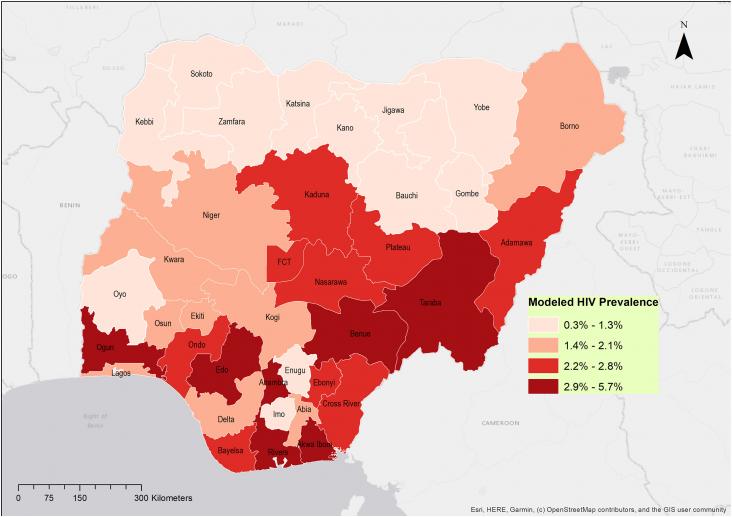
Population-based surveys are expensive and time consuming. By determining state-level seropositivity using national testing service data and a Bayesian linear model, a map of HIV prevalence was generated across the whole of Nigeria. By identifying the areas in which HIV is most prevalent interventions can be targeted. This less resource intense Bayseian method allows for national monitoring of HIV prevalence.
Adverse Childhood Experiences and their Life-Long Impact, 2023, Pages 207-242
This content aligns with Goal 3: Good Health as well as Goal 17: Partnership for the goals by reviewing the effects of trauma has on a child including psychological and biological.
This study observes that oxidative dame in Alzheimer's Diseases is a pathogenic mechanism at the cell-tissue level.
In vivo triple transgenic AD mouse model brains and retinas showed hypoxic vessels expressing hypoxyprobe and HIF-1α. In in vitro OGD-treated endothelial cells, HIF-1α upregulated NADPH oxidase (NOX) (i.e., Nox2, Nox4). NLRP1 protein was promoted by OGD, and such effect was blocked by downregulation of Nox4 and HIF-1α. Hypoxic endothelial cells of AD brains and retinas markedly expressed NLRP1, ASC, caspase-1, and interleukin-1β (IL-1β). Chronic hypoxia in microvascular endothelial cells leads to HIF-1α-NLRP1 circuit in AD.
Background: Air pollution, road traffic noise, and green space are correlated factors, associated with risk of stroke.
This study links multiple models for a comprehensive assessment of the economic-environmental-health co-benefits of renewable energy development in China. The results show that developing renewable energy can avoid 0.6 million premature mortalities, 151 million morbidities, and 111 million work-loss days in 2050.
This content aligns with Goal 3: Good Health and Wellbeing by discussing the medical applications and limitations of five US Food and Drug Administration–approved INSTIs for the treatment of HIV/AIDS and preexposure prophylaxis for HIV-1.
PHQ-8 could be used for screening and severity assesment of depressive symptoms at the European level.

One of the important adverse impacts of climate change on human health is increases in allergic respiratory diseases such as allergic rhinitis and asthma.
This Health Policy paper supports SDGs 2, 3, and 13, by identifying and examining the debates that arose from the publication of the EAT–Lancet Commission, systematically examining how research has been directly influenced by the Commission, and synthesising identified research gaps to build a research agenda for healthy and sustainable food systems.
